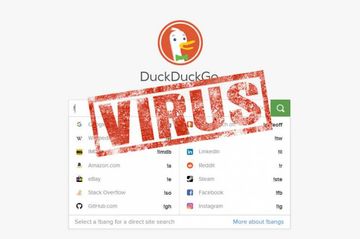Find out what concerns may underlie a Mac user’s decision to remove DuckDuckGo search from a web browser and learn an effective way of doing it.
The concepts of big data and privacy encroachment often go hand in hand. It is common knowledge that the world’s most popular search engines amass information about the users’ web surfing to pull the right strings when it comes to advertising. These details allow technology giants to bridge the gap between businesses and potential customers – it can be done in a subtle way but sometimes the ads seem creepily personalized. Most people take it for granted, but those privacy-minded choose to switch to services that claim to follow a no-tracking policy. It comes as no surprise that DuckDuckGo, a popular free provider that falls into this category, is gaining traction among Mac fans nowadays. There are two ways to use it: one is to visit duckduckgo.com and enter your query in the search bar, and the other is to add the extension to your default web browser. In the latter case, the web search routine is significantly simplified because there’s no need to load the page off and on.
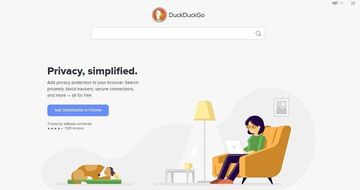
The commitment of DuckDuckGo to delivering private search features and blocking trackers is certainly commendable. Furthermore, it’s worth emphasizing separately that it’s safe to visit and there are no outright malicious implications in the way the service operates. But, some characteristics are on the minus side of it and Mac users should be aware of them. First of all, the provider may use aggressive marketing to extend its reach. Sometimes people install the extension unknowingly and discover their custom Internet settings being replaced with duckduckgo.com all of a sudden. Unless an event like this takes place due to an informed decision, the promotion assumes adware-like traits and raises a red flag. Software bundling is one of the methods for distributing this add-on, and it’s not always straightforward. The logic of this technique is about incorporating DuckDuckGo installer into a setup client that appears to push some unrelated application.
The main issue with such a distribution mechanism is that Mac users are clueless about the supplementary item being installed alongside the application of choice. The only way to find out is to take a deeper dive into the installation client beyond its default option. However, this isn’t something the average layman does. As a result, DuckDuckGo could appear on a computer out of the blue, moreover, it reconfigures the user’s preferred browser without clearly asking for permission. All searches will be henceforth leading to the service under scrutiny instead of the one the user really prefers. This unauthorized tweak isn’t the most welcome occurrence, to put it mildly.
Another concern is that the rock-solid privacy protection, about which DuckDuckGo is outspoken, turns out to be somewhat blurred. On the one hand, the service purportedly doesn’t collect, store or share any personal information. That’s true, but there is a small nuance omitted in the official statements. The Privacy Policy says the provider saves searches to correcting misspellings or otherwise improve its search algorithms via benign enhancements. Additionally, DuckDuckGo admits to using affiliate codes in order to earn a commission when a user navigates to ecommerce sources from the SERPs (Search Engine Results Pages). Again, these practices are quite normal and don’t indicate offensive activity whatsoever, and yet they aren’t seamlessly aligned with the privacy mantra that encourages many people to use this search engine in the first place.
It’s also within the realms of possibility that cybercriminals might piggyback on the popularity of DuckDuckGo to create and spread trojanized versions of the app. In this scenario, users run the risk of installing a malicious counterpart that will be triggering redundant ads in the browser or causing redirects to junk websites. One way or another, if the DuckDuckGo app ends up on a Mac without the admin’s awareness, it probably doesn’t belong there and should be removed, especially if a booby-trapped remake of the original program has cropped up on the system. The following sections will give you an idea of how to take care of the predicament.
DuckDuckGo search manual removal for Mac
The steps listed below will walk you through the removal of this malicious application. Be sure to follow the instructions in the specified order.
Expand the Go menu in your Mac’s Finder bar and select Utilities as shown below.
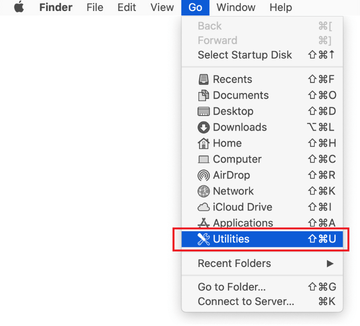
Locate the Activity Monitor icon on the Utilities screen and double-click on it.
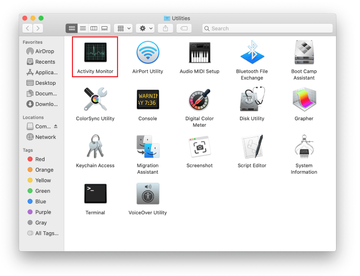
In the Activity Monitor app, look for a process that appears suspicious. To narrow down your search, focus on unfamiliar resource-intensive entries on the list. Keep in mind that its name isn’t necessarily related to the way the threat is manifesting itself, so you’ll need to trust your own judgement. If you pinpoint the culprit, select it and click on the Stop icon in the upper left-hand corner of the screen.
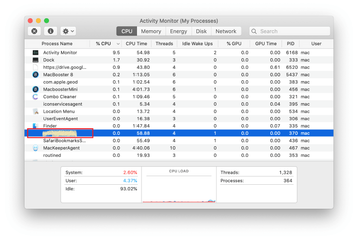
When a follow-up dialog pops up asking if you are sure you want to quit the troublemaking process, select the Force Quit option.
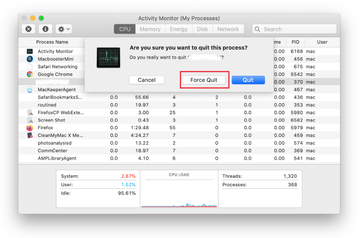
Click on the Go menu icon in the Finder again and select Go to Folder. You can as well use the Command-Shift-G keyboard shortcut.

Type /Library/LaunchAgents in the folder search dialog and click on the Go button.
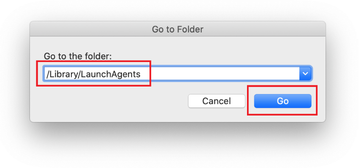
Examine the contents of the LaunchAgents folder for dubious-looking items. Be advised that the names of files spawned by malware may give no clear clues that they are malicious, so you should look for recently added entities that appear to deviate from the norm.
As an illustration, here are several examples of LaunchAgents related to mainstream Mac infections: com.pcv.hlpramc.plist, com.updater.mcy.plist, com.avickUpd.plist, and com.msp.agent.plist. If you spot files that don’t belong on the list, go ahead and drag them to the Trash.
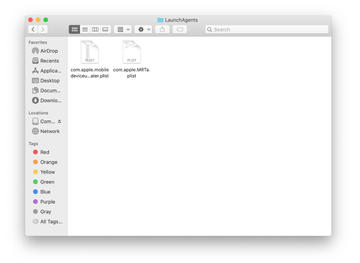
Use the Go to Folder lookup feature again to navigate to the folder named ~/Library/Application Support (note the tilde symbol prepended to the path).
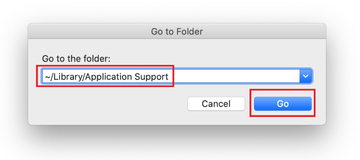
When the Application Support directory is opened, identify recently generated suspicious folders in it and send them to the Trash. A quick tip is to look for items whose names have nothing to do with Apple products or apps you knowingly installed. A few examples of known-malicious folder names are IdeaShared, ForwardOpen and ExtraBrowser.
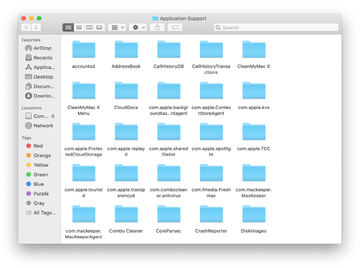
Enter ~/Library/LaunchAgents string (don’t forget to include the tilde character) in the Go to Folder search area.
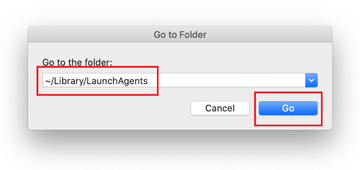
The system will display LaunchAgents residing in the current user’s Home directory. Look for dodgy items related to DuckDuckGo virus (see logic highlighted in subsections above) and drag the suspects to the Trash.
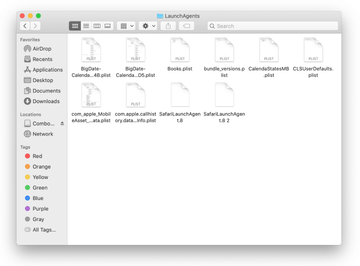
Type /Library/LaunchDaemons in the Go to Folder search field.
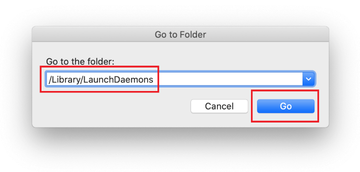
In the LaunchDaemons path, try to pinpoint the files the malware is using for persistence. Several examples of such items cropped by Mac infections are com.pplauncher.plist, com.startup.plist, and com.ExpertModuleSearchDaemon.plist. Delete the sketchy files immediately.
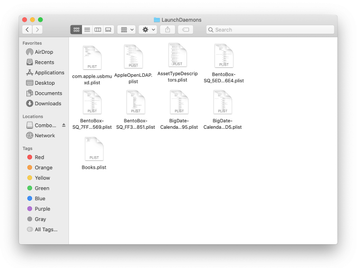
Click on the Go menu icon in your Mac’s Finder and select Applications on the list.

Find the entry for an app that clearly doesn’t belong there and move it to the Trash. If this action requires your admin password for confirmation, go ahead and enter it.
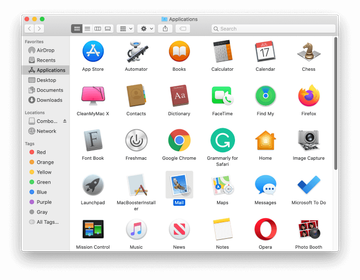
Expand the Apple menu and select System Preferences.
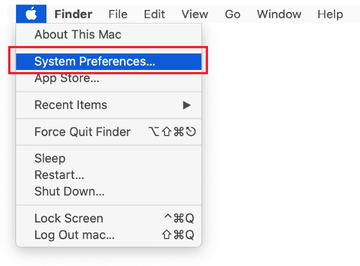
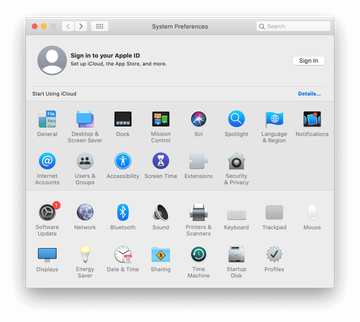
Proceed to Users & Groups and click on the Login Items tab.
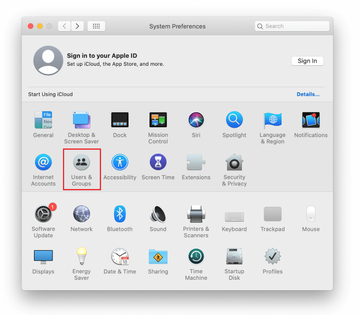
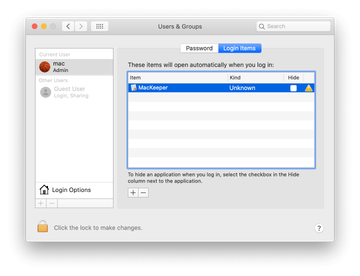
Now select Profiles under System Preferences. Look for a malicious item in the left-hand sidebar. Several examples of configuration profiles created by Mac adware include TechSignalSearch, MainSearchPlatform, AdminPrefs, and Chrome Settings. Select the offending entity and click on the minus sign at the bottom to eliminate it.
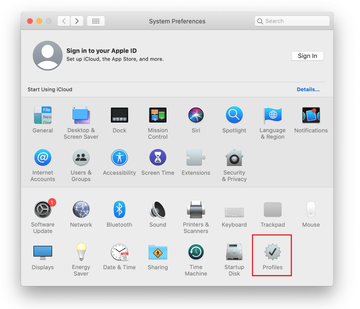
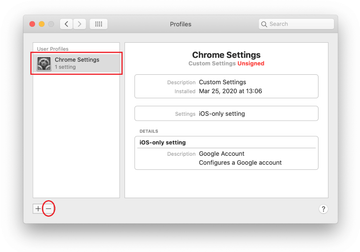
Get rid of DuckDuckGo search on Mac using automatic removal tool
Unless you are a power user, you run the risk of failing to find and delete some components of this infection on your own. Overlooking dodgy LaunchAgents, LaunchDaemons, and malicious configuration profiles means that the threat will continue to cause problems. A more efficient alternative to manual cleanup is to use MacBooster 8, an application that will scan your Mac for issues and fix them automatically.
The app comes with a competitive toolkit that includes Virus & Malware Scan as well as a decent range of optimization features. Therefore, not only does it identify and vanquish mainstream Mac viruses but it also releases disk space and memory so that your computer gets a performance tune-up. Here’s how to go the route of DuckDuckGo removal with MacBooster:
Download and install MacBooster 8.
By downloading any applications recommended on this website you agree to our Terms and Conditions and Privacy Policy. The free scanner checks whether your Mac is infected. To get rid of malware, you need to purchase the Pro version of MacBooster.
Open the app. When on the System Status screen, click the Scan button to check your Mac for viruses, junk files, and memory hogs.
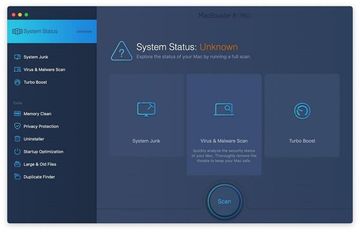
Once the scan is completed, inspect the report to see what security threats and performance issues have been found. To get rid of the detected items, click the Fix button at the bottom.
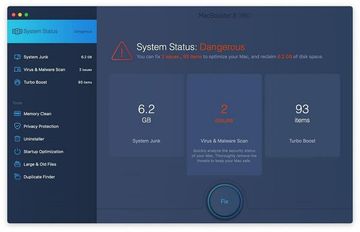
As an extra step, you might want to make sure that the DuckDuckGo infection leftovers are no longer riddling your web browser. This can be the case in an adware scenario. Proceed to the Privacy Protection feature in the left-hand sidebar, select the default browser in the list, and click the Clean button.
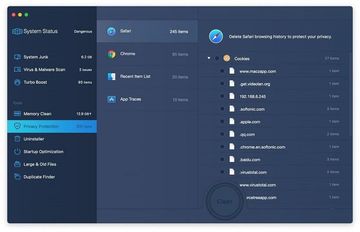
In case your web browser is still acting up, follow the steps provided in the previous section of this guide to get rid of the adverse web surfing interference for good.
